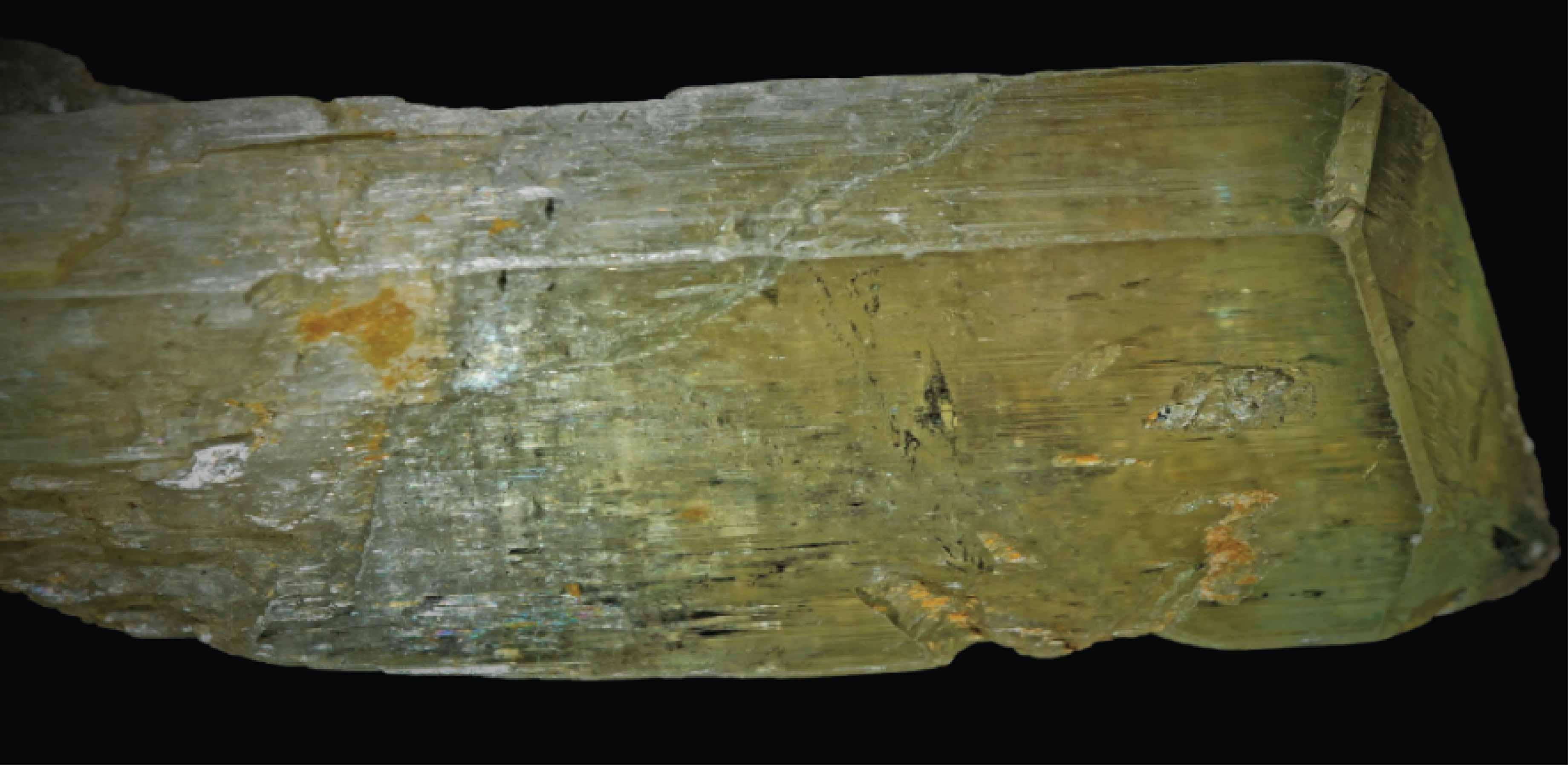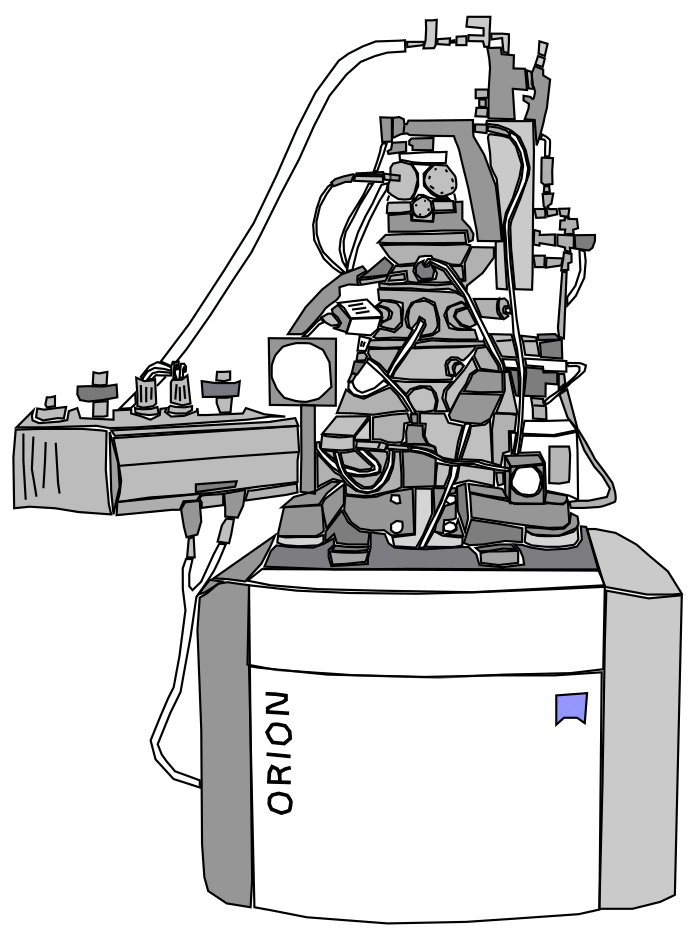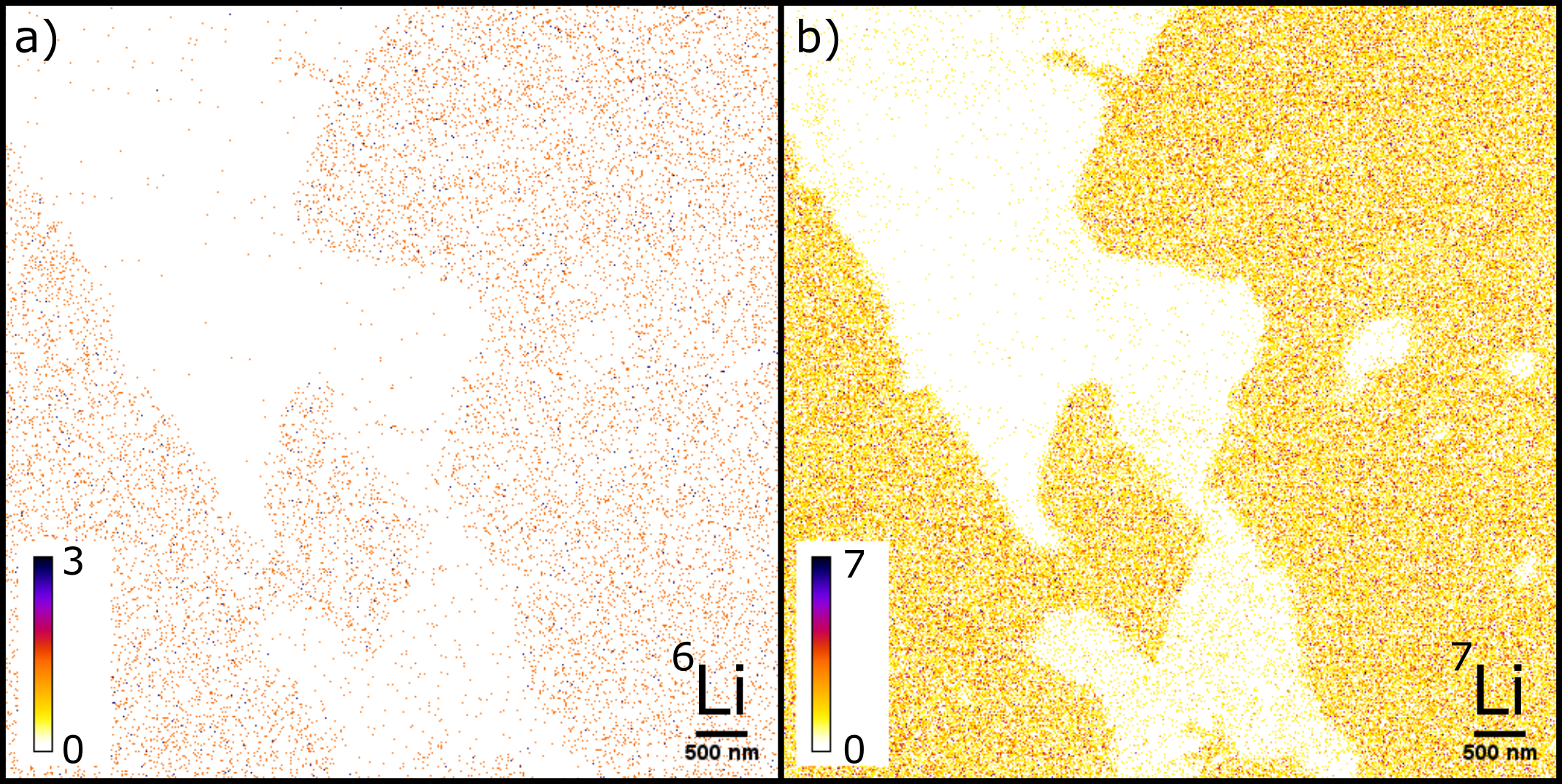
Submitted by Administrator on Tue, 20/10/2020 - 12:36
A breakthrough in the imaging and analysis of geological materials means that scientists can now study variations in their chemistry and structure at nano-scales, with possible applications ranging from the green energy transition to the planetary sciences.
The new research is led by Matt Ball, a PhD candidate in the Department of Earth Sciences at the University of Cambridge, and takes advantage of a recent adaptation in helium ion microscopy, which generates an image by measuring the ions released as helium or neon ions are fired at a surface.
"One of the most exciting things we can identify with the new instrument is lithium – an element critical to the green energy transition. Lithium-ion batteries power electric cars, and they can also store intermittent supplies of renewable energy", says Ball, who collaborated with co-authors from Carl Zeiss Microscopy and the University of Glasgow.
"The technique means we can see tiny pockets of lithium in rocks in previously unseen detail - and this could potentially be incredibly useful for lithium extraction", says Ball.
The helium ion microscope was originally developed to see structural detail. But it has recently been configured to work with secondary ion mass spectrometry, which can measure the chemical make-up of a range of materials.

According to Ball, "this adaptation means we can not only see structures which are just a few nanometres (a billionth of a metre) across - we can also scan the chemical make-up of these miniscule features over an area measuring ten microns squared – roughly the size of a pollen grain".
This is the first time that the combined microscopy and microanalysis technique, which has already enabled advances in the material sciences, has been applied to geological materials.
"You can think of the chemical analysis like firing balls into a ball-pit. Some of them will bounce out of the pit into the air, and it’s the chemistry of those balls that we measure".
Illustration showing helium ion microscope, with mass spectrometer jutting out on the middle left, credit: Matt Ball.
In this case we fire a fine beam of ions at the sample surface, then capture and measure the material thrown back with ion mass spectrometry", explains Ball.
Measuring the amount of lithium in rocks has previously been challenging, "lithium is a very light element – it has a low atomic number - so traditional methods, like scanning electron microscopy struggle to pick up weaker X-ray signals released during analysis" explains Ball, "this technique measures ions, rather than X-rays, which can be detected down to low atomic numbers".

Maps of the economic lithium bearing mineral, Spodumene, showing concentrations of the isotopes 6Li and 7Li. Each of the dots is an analysis point, the colour indicating the concentration of lithium. Image credit: Matt Ball.
But working at such fine scales does pose challenges, "when you analyse such a small area you are up against the statistics of small numbers - occasionally we may be counting just a handful of lithium atoms. For this work what we were trying to do was put the instrument to the test, and establish when it is better to downscale to a coarser resolution in favour of data accuracy".
The team hope the technique will be able to answer a range of questions in the geosciences – particularly when materials are small and chemically variable.
"We can measure a range of light elements integral to earth systems, like oxygen and carbon, as well as the heavy platinum group elements, which are of key interest in planetary science”, says Ball. "One avenue, which we aim to explore, is the analysis of fragments of pre or extra solar material contained within meteorites. By understanding their unusual chemistry, which is variable at nanoscales, we could even get information on our early solar system and extra-solar conditions".
Ball, M.R., Taylor, R.J., Einsle, J.F., Khanom, F., Guillermier, C. and Harrison, R.J., 2020. Helium ion microscope–secondary ion mass spectrometry for geological materials. Beilstein Journal of Nanotechnology, 11(1), pp.1504-1515.
